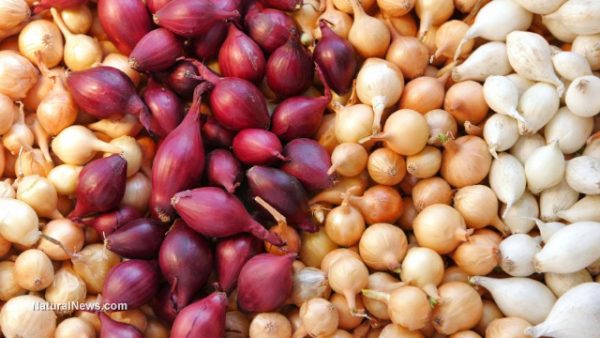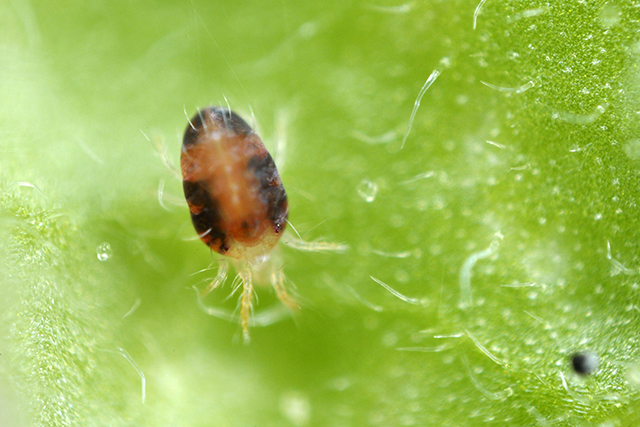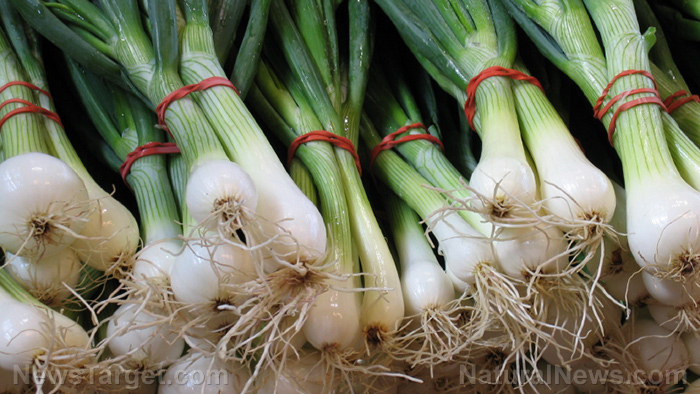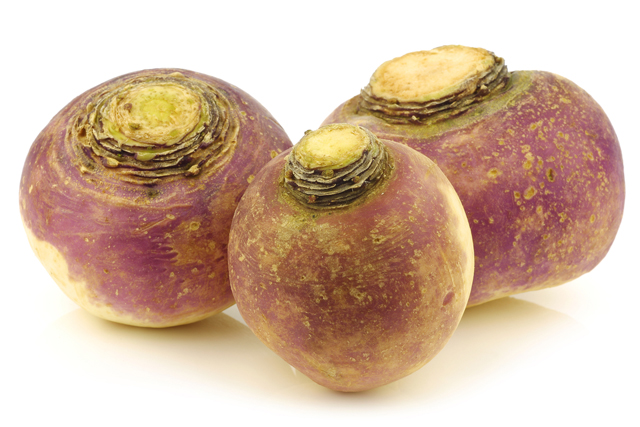Freak snowfall destroys 100 MILLION pounds of onions in Idaho and Oregon
05/12/2017 / By Tracey Watson

Onions have been a food staple for over 4,000 years, and with good reason: They’re delicious! The National Onion Association reports that there are fewer than 1,000 onion farmers in the U.S., and they cultivate around 125,000 acres of onions each year. Considering the fact that the average American eats around 20 pounds of these veggies each year, the news that U.S. onion farmers just had to dispose of 100 million pounds of spoiled onions doesn’t look good. These devastating crop losses could very well spell higher prices and reduced supply for all the onion-lovers in the country.
Severe snowstorms caused dozens of the farmers’ sheds to collapse under the weight of the ice and snow, destroying millions of stored onions. Capital Press reports that farmers in Idaho and Eastern Oregon had to be given an extended deadline to dispose of the spoiled onions, because of their sheer volume. The deadline was moved from March 15 to April 15.
Deadlines are placed on the disposal of cull onions each year because onion maggot, which tends to develop in piles of stored onions, can easily spread to new onion crops and even other vegetables if the onions are not disposed of properly and timeously. Weekend Gardener reports that onion maggots are serious pests which are tough to get rid of once they take hold of a crop. Since they burrow deep into the developing onions, even a single maggot can destroy over a dozen seedlings. Since up to three generations of these pests can take hold in a single year, they are a perpetual menace to onion farmers.
Government regulations allow for the disposal of cull onions in landfills or pits, or they can be plowed back into the farmer’s field.
Casey Prentiss, an Oregon Department of Agriculture (ODA) field operations manager, noted that getting rid of literally millions of pounds of onions within the stipulated deadline presented some serious challenges:
“It’s kind of a minor miracle that we were able to get that amount of onions disposed of,” he said. “It’s been quite a feat.”
When the normal disposal procedures were unable to deal with the problem quickly enough, the Lytle Boulevard landfill in Malheur County, Oregon, had to be granted emergency permission to build an additional trench to deal with the huge number of onions.
The Idaho State Department of Agriculture (ISDA) also took additional steps to deal with the issue, including assigning field investigators to check that growers and processors in the state had properly disposed of all their damaged onions.
“Given the extreme weather this winter, it was important to provide additional time for onion disposal but that flexibility has to be balanced with the recognition that mitigating pest hatches is a significant concern,” Chanel Tewalt, communications director for the ISDA told Capital Press. “We are working in concert with industry to balance the need for disposal with their ability to dispose of culls due to weather conditions.”
While farmers in violation of the deadline could have been fined up to $10,000, officials from both states said that they were far more interested in assisting farmers in dealing with the problem than in trying to issue fines.
If all this talk of onions is making you hungry, here’s a fun fact: Onions are not only delicious, but they offer tremendous health benefits, too. The yellow and red onions, in particular, are rich in the flavonoid quercetin. The University of Maryland Medical Center found that quercetin acts as both an antihistamine and an anti-inflammatory, and can even guard against heart disease and cancer. And a study published in the journal Gastroenterology in 1996, demonstrated that eating just half an onion a day can cut your risk of developing stomach cancer in half. [RELATED: Discover the hidden potential of other fruits and vegetables at Nutrients.news]
Here’s hoping there are enough of these delicious veggies to go around this season!
Sources:
Tagged Under: farming, Idaho, onion farmers, onions, Oregon




















